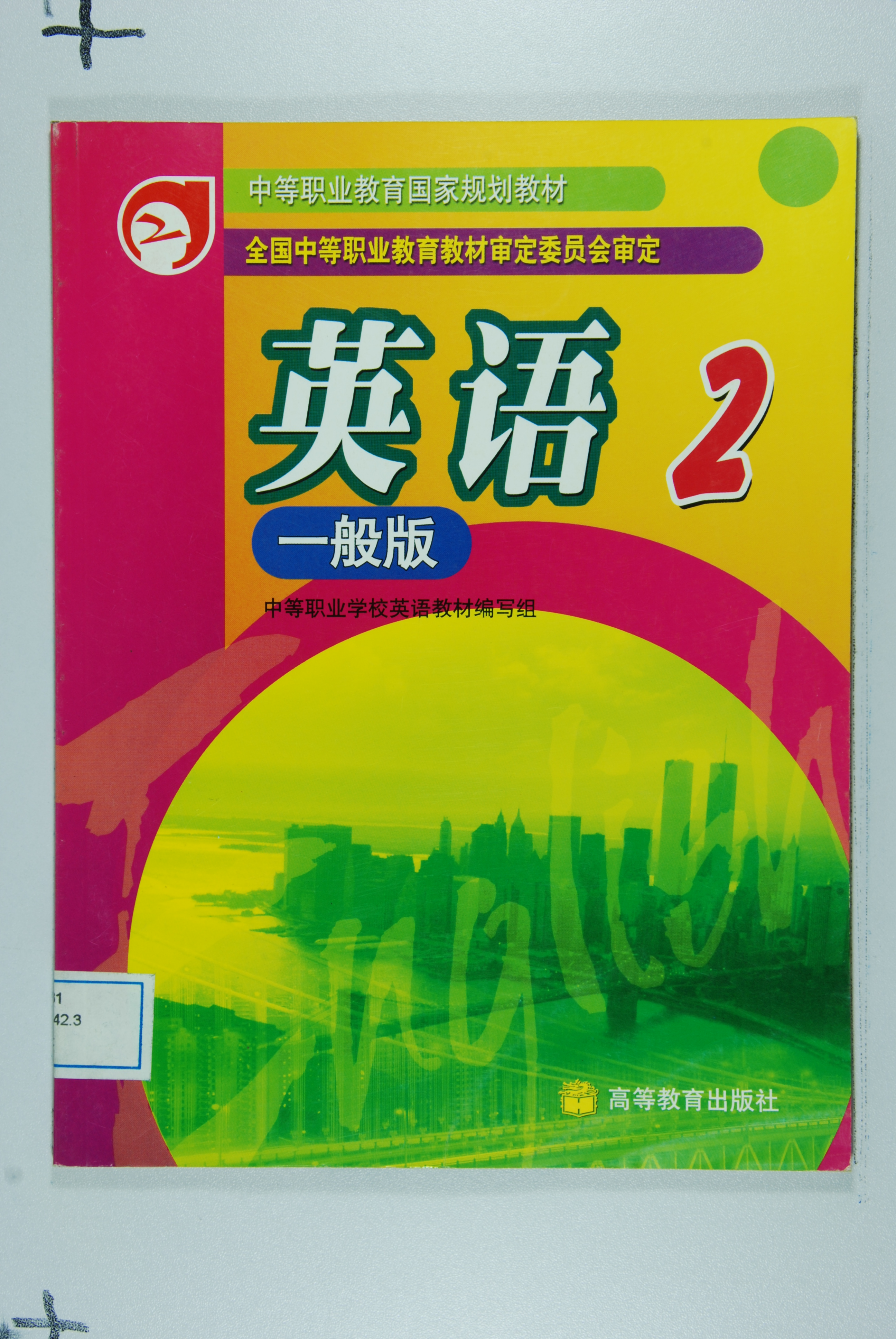植物生理生态学
2019-06
高等教育出版社
-
- 高等教育出版社
- 9787040520415
- 1版
- 250837
- 48266837-3
- 精装
- 16开
- 2019-06
- -
- 380
- 336
- -
- 理学
- 生态学
- 0713
- -
- 生物类
- 研究生及以上
- -
- -
- -
- -
前辅文
CHAPTER I
1. Fundamental Relations
2. The Nature of Stimuli
3. The Kinds of Stimuli
4. The Nature of Response
5. Adjustment and Adaptation
6. Kinds of Adjustment
7. Normal and Abnormal Adjustment
CHAPTER II THE WATER OF THE HABITAT
8. Relation of the Plant to Water
9. The Nature of Water Stimuli
10. Water Content
11. Influence of other Factors upon Water Content
12. Available and Non-available Water Content
13. Soil Samples
14. Computation of Water Content
15. Time of Water Content Readings
16. Location of Readings
17. Depth of Samples
Experiment 1. Measurement of Water Content
18. The Determination of Available Water
19. Chresard of Habitats
Experiment 2. Determination of Available Water
20. Influence of Soil upon Water Content
21. Origin and Structure
22. Water Capacity
23. Chemical Nature of Soils
24. Air Content
25. Determination of Soil Properties
Experiment 3. Porosity and Rate of Evaporation
26. Influence of Precipitation upon Water Content
27. Measurement of Rainfall
28. Physiography
29. The Influence of Slope
30. The Influence of Surface
31. The Influence of Climatic Factors
32. Humidity
33. Modifying Influence of Temperature and Wind
34. Influence of Pressure and Physiographic Factors
35. Effect of Climate and Habitat
36. Measurement of Humidity
37. Sling and Cog Psychrometers
38. Making a Reading
39. Use of Humidity Tables
Experiment 4. Measuring Humidity
40. Method of Habitat Study
41. Choice of Stations
42. Constant Factors
43. Simultaneous Readings
44. Point and Hour Readings
45. Records
46. Kinds of Curves
47. Combinations of Curves
48. Plotting Curves
49. Intervals for the Different Factors
Experiment 5. Determining the Physical Factors of Habitats
CHAPTER III ADJUSTMENT TO WATER
50. Responses to Water Stimuli
51. General Relations
52. The Form of Roots
53. Primary Regions of the Root
54. Detailed Structure
55. Origin and Structure of Root-hairs
56. Effect of Water Content upon Root-hairs and Roots
Experiment 6. Structure of the Root and Formation of Root-hairs
Experiment 7. Hydrotropism
57. Imbibition
Experiment 8. Water of Imbibition
58. Osmosis
59. Osmosis in Root-hairs
60. Influence of Soluble Salts
Experiment 9. Demonstration of Osmosis
Experiment 10. The Effect of Soluble Salts
61. Effect of Protoplasm upon the Absorption of Soluble Salts
62. Diffusion
Experiment 11. Diffusion in Liquids and in Tissues
63. Turgidity
Experiment 12. Demonstration of Turgidity
64. General Nature
65. Types of Stem Structure
66. Stem Structure of an Herbaceous Dicotyledon
67. Stems of Monocotyledons
68. Structure of Woody Stems
69. Functions of the Stem
Experiment 13. Structure of Stems
70. The Upward Movement of the Water
71. Causes of the Movement
Experiment 14. Pathway and Rate of Movement
72. The Structure of a Representative Leaf
73. The Chlorenchym
74. The Reduced Bundles
Experiment 15. Structure of a Leaf
75. Diffusion in the Leaf
76. Transpiring Surface
Experiment 16. Measurement of the Actual Transpiring Surface.
77. Structure and Position of Stomata
78. The Functions of Stomata
79. Movements of Guard-cells
Experiment 17. Movement of Guard-cells
Experiment 18. Position of Stomata and Water Loss
80. The Influence of Physical Factors upon Transpiration
81. The Measurement of Transpiration
82. Measuring Transpiration in the Field
Experiment 19. Influence of Factors upon the Rate of Transpiration
83. The Amount of Transpiration in Plants
84. Relation between Transpiration and Absorption
85. Compensation for Increased Transpiration
86. Details of the Adjustment
Experiment 20. Pathway of Adjustment
CHAPTER IV ADJUSTMENT TO LIGHT
87. Relation of the Plant to Light
88. The Nature of Light Stimuli
89. Measurement of Light
90. Making a Standard
91. Making Readings
92. Comparison with the Standard
93. Causes of Variation in Light Intensity
94. The Effect of Time
95. The Effect of Altitude
Experiment 21. Measuring Light Intensity
96. Reception and Absorption of Light
97. The Amount Absorbed
Experiment 22. Epidermis and Leaf Prints
98. The Production of Chlorophyll
99. The Nature of Chlorophyll
100. The Influence of Darkness
Experiment 23. Influence of Light and Darkness
101. Photosynthesis
102. Absorption and Diffusion of Carbon Dioxide
103. Chemical Changes during Photosynthesis
Experiment 24. Dependence of Photosynthesis upon Aeration and Light
104. Measurement of Photosynthesis
Experiment 25. Relation of Photosynthesis to Sun and Shade
105. Translocation
Experiment 26. Translocation
106. Storage of Food Material
Experiment 27. Storage Tissues
107. Influence of Light upon the Number and Position of Chloroplasts
Experiment 28. Arrangement of Chloroplasts
108. Movement of Stems and Leaves
109. Phototropism
Experiment 29. Phototropic Movements
110. Nyctotropism
Experiment 30. Nyctotropic Movements
CHAPTER V ADJUSTMENT TO TEMPERATURE
111. Relations of Plante to Temperature
112. The Measurement of Temperature
113. Soil Temperatures
114. Plant Temperatures
Experiment 31. Temperatures of Plant and Habitat
115. Variations of Temperature
116. The Influence of Other Factors
117. Favorable and Unfavorable Temperatures
118. Freezing
Experiment 32. Effects of Freezing
119. The Sum of Temperatures
120. Influence upon Vegetation
121. Digestion
122. Chemosynthesis of Digested Materials
123. Respiration
124. Fermentation
125. Germination
Experiment 33. Digestion and Respiration in Seeds
126. Nutrition of Hysterophytes
127. Kinds of Parasites
Experiment 34. Nutrition of Representative Hysterophytes
128. Growth
129. Growth of Tissues and Organs
Experiment 35. Regions of Growth
130. Conditions that Influence Growth
131. The Amount and Rate of Growth
132. Regions of Greatest Growth in Various Organs
Experiment 36. Influence of Temperature, Water and Light upon Regions of Growth
133. Rhythm of Growth
134. The Age of a Plant
135. Reproduction
136. Propagation
137. Propagules of Flowering Plants
138. Stems as Propagules
Experiment 37. Propagules
139. Sexual Reproduction
140. Production of Pollen
Experiment 38. Amount of Pollen
141. Protection of Pollen
142. Structural Protection
143. Protection by Movement
144. Seasonal Protection
Experiment 39. Protection of Pollen
145. Disposition of the Stamens and Pistils
Experiment 40. Grouping of Stamens and Pistils
146. Source and Destination of Pollen
147. Cross-pollination
148. Pollination by Insects
149. Self-pollination
Experiment 41. Pollination
150. The Period of Flowering
151. Time of Daily Flowering
Experiment 42. Time of Flowering
152. Fructification
153. Fleshy Fruits
154. Dry Fruits
155. Movements of Fruits
Experiment 43. Kinds of Fruits
CHAPTER VI ADJUSTMENT TO GRAVITY, CONTACT AND SHOCK
156. The Relation of the Plant to Gravity
157. Geotropism
158. Cause and Reaction
159. Region of Curvature
160. Ecological Significance of Geotropism
Experiment 44. Geotropism
161. Response to Contact
Experiment 45. The Behavior of Tendrils
162. Response to Shock
Experiment 46. Response to Shock
CHAPTER VII ADAPTATION TO WATER
163. The Relation of Structures to Water
164. Adaptation to a Small Water Supply
165. Decrease of Water Loss through Leaf Position
166. Decrease through the Rolling of the Leaf
167. Reduction of Leaf or Stem
168. Changes of the Epidermal Cells
169. Modifications of the Stomata
170. Changes in the Chlorenchym
171. Increase and Storage of Water Supply
172. Adaptation to Excessive Water Supply
Experiment 47. Experimental Adaptation to Water
173. Types of Plant Body
174. Types Produced by Adaptation to Water
175. General Features of Xerophytes
176. Types of Leaf Xerophytes
177. Normal Leaf Xerophytes
178. Storage Leaves
179. Lanate Leaves
Experiment 48. Study of Normal Leaf Xerophytes
180. Other Leaf Xerophytes
Experiment 49. Study of Xerophytic Leaves
181. Stem Xerophytes
182. Types of Stem Xerophytes
Experiment 50. Form and Structure of Stem Xerophytes
183. Mesophytes
Experiment 51. Comparison of Mesophyte and Xerophyte
184. Hydrophytes
185. Amphibious Plants
Experiment 52. Structure of Amphibious Plants
186. Floating Plants
Experiment 53. Structure of Floating Plants
187. Submerged Plants
Experiment 54. Structure of Submerged Plants
188. Bog Plants
Experiment 55. Study of Water-Content Types
CHAPTER VIII ADAPTATION TO LIGHT
189. The Relation of Organs to Light
190. Influence of the Chloroplasts
191. Modifications of the Chlorenchym
192. Sponge Tissue
193. Palisade Tissue
194. Changes of the Epidermis
195. The Form of Leaves
196. Changes of Outline, Size and Thickness
197. The Form of Stems
Experiment 56. The Production of Adaptations to Light
198. Types of Leaves as Determined by Light
199. Sun Plants and Shade Plants
Experiment 57. Sun and Shade Forms in Nature
CHAPTER IX THE ORIGIN OF NEW FORMS
200. The Law of Evolution
201. Stability and Plasticity
202. Constant and Inconstant Forms
203. Origin by Descent before Darwin
204. Darwin and the Origin of Species
205. Evolution after Darwin
206. Fundamental Methods of Evolution
207. Origin by Adaptation
208. Origin by Variation
209. Origin by Mutation
210. Origin by Hybridation
Experiment 58. The Occurrence of New Forms in Nature
211. Natural Selection
212. Isolation
213. Polygenesis
214. Experimental Evolution
CHAPTER X METHODS OF STUDYING VEGETATION
215. The Study of Vegetation
216. The Quadrat
217. Kinds of Quadrats
218. Marking out Quadrats
219. The List Quadrat
220. Abundance
221. The Chart Quadrat
222. Making Quadrat Charts
223. The Permanent Quadrat
224. The Denuded Quadrat
225. Transects
226. The Line Transect
227. The Belt Transect
228. The Migration Circle
229. Formation Maps
CHAPTER XI THE PLANT FORMATION
230. The Nature of Formations
231. Recognition of Formations
232. Relation between Habitat and Formation
233. The Historical Factor
234. Development and Structure
235. Structure of the Formation
236. Facies
237. Principal and Secondary Species
238. Aspects
Experiment 59. Study of Abundance and of Aspects
239. The Parts of a Formation: the Consocies
240. The Society
241. The Community
242. The Family
Experiment 60. The Structure of a Formation
243. Layers
Experiment 61. Layered Formations
244. Classification
245. Classification by Habitats
246. Types of Formations
247. Developmental or Physiographic Classification
248. Regional Classification
249. Open and Closed Formations
250. Mixed Formations
Experiment 62. Comparison of Formations
CHAPTER XII AGGREGATION AND MIGRATION
251. Aggregation
252. Simple Aggregation
253. Mixed Aggregation
Experiment 63. Study of Families and Communities
254. Migration
255. Mobility
256. Organs of Dissemination
257. Modifications for Migration
258. Influence of Seed Production
259. Position of Disseminules
260. The Agents of Migration
261. The Work of Migration Agents
Experiment 64. Modifications for Migration
262. The Direction of Migration
Experiment 65. Amount and Direction of Migration
CHAPTER XIII COMPETITION AND ECESIS
263. Competition
264. The Struggle for Existence
265. The Nature of Competition
266. The Factors Involved
267. Competition for Water and Light
268. Competition between Parents and Offspring
269. Competition between Different Species
270. Influence of Vegetation Form and Habitat Form
271. The Effect of Position
272. Vegetation Pressure
273. The Results of Competition
274. The Study of Competition
275. Competition Cultures
276. Competition Quadrats
Experiment 66. Competition
277. Ecesis
278. The Factors in Ecesis
279. Germination of the Seed
280. The Effect of Habitat
281. Adjustment to the Habitat
Experiment 67. Influence of Habitat Form upon Ecesis
282. Barriers
283. Physical and Biological Barriers
284. Influence of Barriers
285. Distance
286. Endemism
Experiment 68. Barriers and Endemism
CHAPTER XIV INVASION AND SUCCESSION
287. Invasion
288. The Manner of Invasion
289. Invasion at Different Levels
290. Kinds of Invasion
291. Indigenous and Derived Species
Experiment 69. Invasion
292. Succession
293. Kinds of Succession
294. Primary Successions
295. Succession in Colluvial Soils
296. Succession in Alluvial Soils
297. Succession in {\AEolian Soils
298. Secondary Successions
299. Succession in Eroded Soils
300. Succession in Flooded Soils
301. Succession Due to Man
302. Succession in Burned Areas
303. Succession in Lumbered Areas
304. Succession by Cultivation
305. Reactions of Plants upon the Habitat
306. The Laws of Succession
307. The Study of Succession
308. Method of Alternating Stages
309. The Relict Method
Experiment 70. The Study of a Secondary Succession
CHAPTER XV ALTERNATION AND ZONATION
310. The Relation between Alternation and Zonation
311. Alternation
312. Causes of Alternation
313. Alternation Due to Ecesis
314. Alternation Due to Competition
315. Kinds of Alternation
316. Normal Alternation of Formations, Consocies, etc
317. Normal Alternation of Species
318. Numerical Alternation
319. Corresponsive Alternation
Experiment 71. Alternation of Species
320. Zonation
321. Zones Due to Growth
322. Zones Due to Migration and Ecesis
323. Zones Due to Reaction
324. Zones Due to Physical Factors
325. Physiographic Symmetry
326. Symmetry in Vegetation
327. Kinds of Zonation
328. Radial Zonation
329. Bilateral Zonation
330. Vertical Zonation
331. Vegetation Zones
Experiment 72. Zonation of Pond and Meadow Formations
INDEX








